It's been 40 years today since Skylab burned up of the South of Western Austarlia
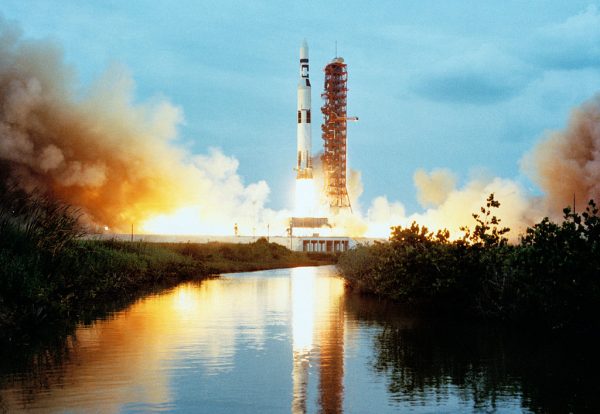
In the early hours of the 12th of July, 1979 the south-east coast of Western Australia were woken by bright lights and six large sonic booms. These lights and large sonic booms weren’t caused by an aircraft or a UFO, but from one of NASA’s greatest missions, Skylab.
Advocated by the likes of Famous rocket engineer Wernher von Braun, and science fiction writer Arthur C. Clarke in the 1960’s who believed that a space station would be an important early step in space exploration. Skylab was a modified Saturn V rocket that was turned into a space station and launched by NASA on the last ever Saturn rocket on the 24th of May 1973.
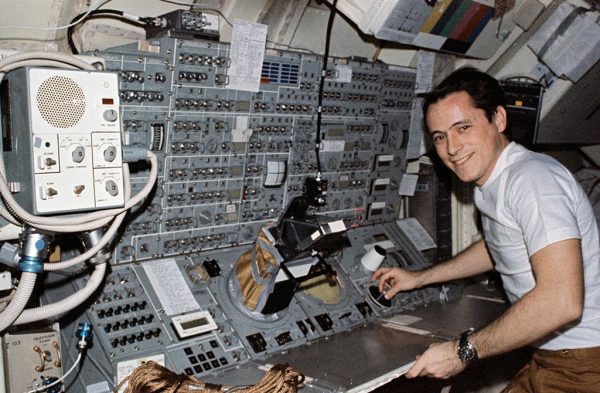
After the loss of one of its main solar panels when its micrometeoroid shield was torn off after coming loose due to the vibrations of the rocket during launch, It was manned by 3 teams of three astronauts as it orbited the earth some 34 981 times. Its purpose was to prove that man could live in space for large periods of time and to collect vast amounts of medical, scientific, and solar data. It even made observations of Comet Kohoutek before the station was abandoned in space in 1974.
In 1978, not only did NASA realise that Skylab was starting to break apart and would soon re-enter the earth’s atmosphere, but they wouldn’t be able to control Skylab’s path or predict exactly where the pieces might land. The agency was hoping to use the Space Shuttle to boost Skylab into a higher orbit, thereby extending the space station’s life by about five years, after that it would simply continue to orbit as a shell. But due to funding cuts and other delays to the Space Shuttle program that plan was abandoned.
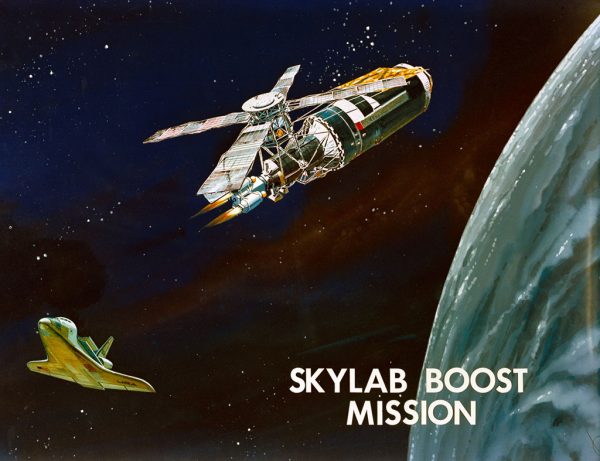
In 1979 hoping to bring the station down in the Indian Ocean, NASA engineers finally took action and fired the station’s booster rockets which sent the station tumbling. As the date of re-entry approached, Skylab-inspired parties and products were all the rage in the United States, but the confusion of where Skylab would crash was real. At one stage Skylab’s Operations Centre in Washington D.C. thought Skylab’s re-entry point would be somewhere north of Seattle in North West of the United States.
Few people felt reassured by NASA’s statement that the risk of human injury was just “one in 152” Scotland’s Glasgow Herald reported, “Worried holidaymakers in Devon [England] are taking no chances they plan to sit out the morning in an old smuggler’s cave.” While in Belgium’s capital Brussels, authorities planned to sound as many as 1,250 air raid-type sirens in the event that Skylab rained wreckage across the Belgian countryside. NASA even sent warnings to African nations so they could alert to ships and planes in the area of the potential danger. and had small paramedic teams on standby in New York City in the case of parts of Skylab crashing into the city.
On the 12th of July, 1979 at 00:37 am AWST, Skylab re-entered the atmosphere and while large chunks did crash into the Indian and Southern oceans, parts of the space station littered the Nullarbor and the Eastern Goldfields with debris. The ABC Radio stations 1 and 3 stayed with the breaking story and tracked Skylab’s progress throughout the night.
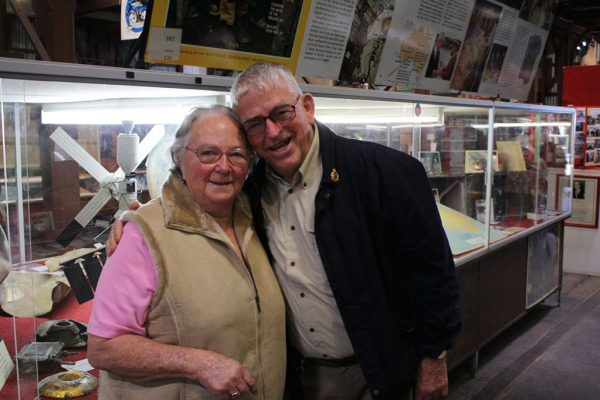
Merv Andre ( with Dorothy, left) was the Esperance Shire President at the time of the crash and said that NASA was in contact with the shire long before the crash occurred, giving them updates on any course changes every hour during the day. NASA actually thought Skylab had crashed at 10:30 pm off the coast of WA and told Merv that everything was okay, but he and others in Western Australia’s south-east coast were rudely awoken around 12:40 pm by about 6 large sonic booms.
People in Esperance who hadn’t heard about NASA’s 10:30 pm message and went up to wireless hill were amazed to see 5 to 6 intensely bright orange lights moving quickly through the sky. These people reported the lights looked like they were coming straight for them and then flew over them with shooting stars (debris) coming off the main points of light. There were even people who thought it was a plot to allow the United States to dump its trash in the Outback Goldfields but didn’t realise that there were towns in the region.
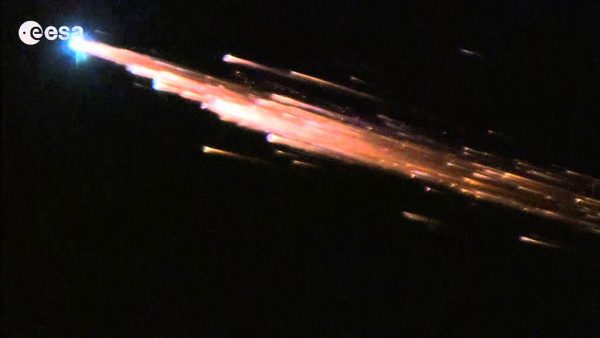
The event put Esperance and Western Australia on the map as Skylab’s demise was an international media event. Merchandise was produced and there were even wagering on time and place of re-entry. NASA officials came to Esperance to inspect the debris and to talk to people who brought pieces to the shire council offices. The San Francisco Examiner offered a $10,000 prize for the first piece of Skylab to be delivered to their offices within 72 hours.
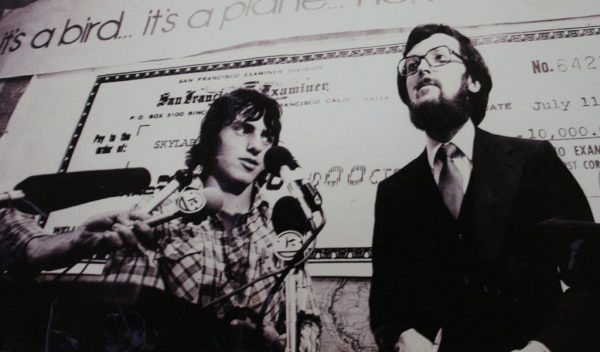
A 17-year-old by the name of Stan Thornton scooped a few pieces of Skylab off the roof of his home in Esperance and caught the first flight to San Francisco to collect the prize. He became quite the celebrity as he got to tour the United States and endorse products. The paper even flew his family with him to keep him company.
The Shire Council had a light-hearted dig at NASA for littering space junk all over the town. The littering inspector Davie Summerville at an official event gave a NASA official a $400 fine for littering which they never paid, but radio show host Scott Barley of Highway Radio raised the funds from his morning show listeners in Las Vegas, Nevada (The beginning of Crowdfunding).
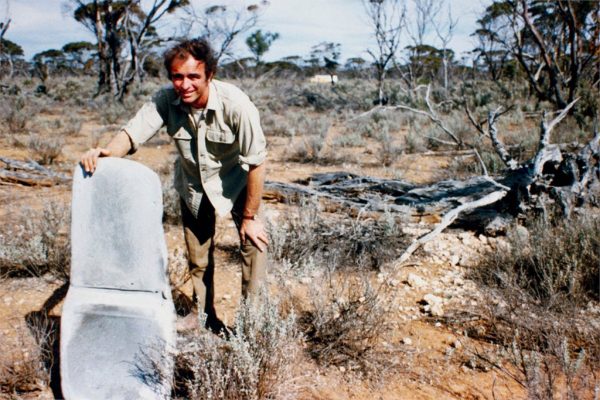 |
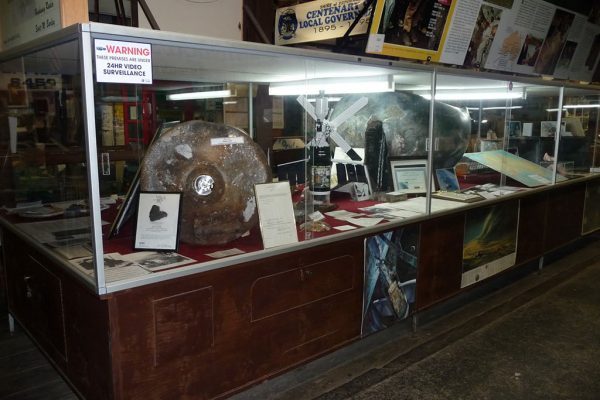 |
Skylab is a source of pride to the people of Esperance and the Nullarbor. The Esperance Museum has many pieces of Skylab including a fuel tank, hatch door, and Titanium Spheres that stored dangerous hydrazine for its thrusters. Although today NASA claims any fragment of Skylab is the property of the United States, the agency didn’t enforce ownership at the time the space station crash-landed, so it’s still possible to own a piece of Skylab debris today.





